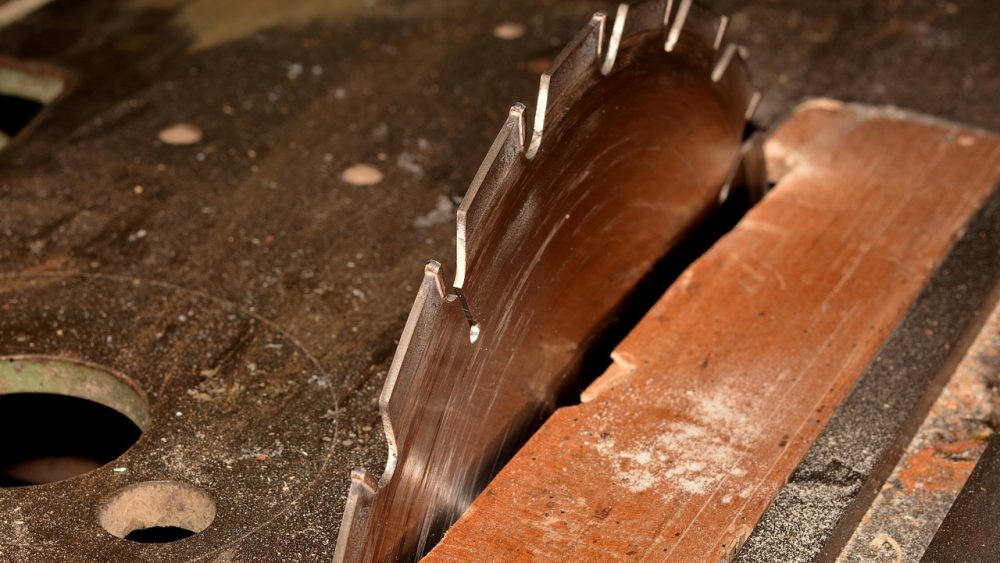The table saw is at the heart of most shops, and with 42% of the 720,000 woodworking injuries that happen each year involving a table saw, it’s necessary to know how to handle one safely. Don’t let the numbers scare you though, this spinning blade should instill a sense of caution and respect in you rather than fear. Armed with some safety tips, techniques, and rules, you’ll be getting the most out of your table saw without sacrificing your safety.
Safety Tips!
- Blade: Make sure your blade is sharp, secured, and free of chipped teeth, cracks, and other defects. Do not change the blade or perform any maintenance without unplugging the saw.
- Clutter: Remove all scrap materials, tools, and other debris from your work area before cutting.
- Safety Devices: Ensure your saw’s safety devices are properly operating (splitter, blade guard, anti-kickback, on/off switch).
- Safety Equipment: Wear safety glasses when making cuts, or a full-face shield when cutting materials that chip frequently. Do NOT wear gloves, long sleeves, ties, loose fitting clothing, or dangling jewelry.
- Cutting: Stand with your weight equally balanced on both feet. All cuts should make use of either the miter gauge or fence, but not both. Position yourself so that your body is NOT in line with the blade. Ensure the blade never comes between your body and your hands.
- Wood: Check your stock for nails, knots, screws, stones, etc. These items can cause issues while cutting, including injury from projectiles.
- Push stick: Make sure you have a push stick available for any cuts that make cause your hand to pass within 8” of the blade.
- Adjusting: Ensure the blade has fully stopped before adjusting the table saw. After adjusting, make sure the blade is free of obstructions before turning on the power.
- Trust your instincts: If you have any doubts about a cut, don’t do it.
- Clean up: After your cut(s) are complete, let the blade come to a full stop on its own. Turn off the table saw and lower the blade below table height.


Comments are closed.